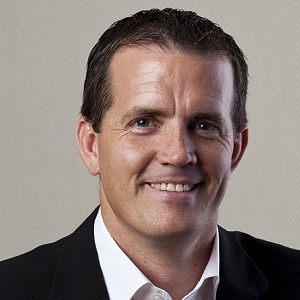Social media and the contact centre
 In 2012, it would be shocking indeed to see a communications plan that doesn’t feature social media.
In 2012, it would be shocking indeed to see a communications plan that doesn’t feature social media.
In the contact centre environment, most brands are rushing to expand their contact channel mix to include social media, such is the pace of adoption across the global economy.
The irony, however, is that for many brands there could be more benefits in strategically throttling back social ambitions, rather than accelerating. Opening up new social media channels without the support of a very clearly articulated strategy can, expose the brand to a new world of communication they are unable to manage effectively. Steady caution should be the social media watch word.
New generation smart devices have significantly expanded access to social media. Equally, Apps are constantly being developed that allow older devices, commonly known as dumb devices, to reach into the social world. As the ability of dumb devices to access social channels grows, social media in a country like South Africa, which features a high percentage of older phones and machines, looks likely to rocket straight past the 10 - 15% of the population armed with iPads, Laptops and smartphones.
It’s also important to understand that as brands like Facebook bring interactive elements such as video chat into the mix, social media is less a technology specific paradigm than one defined by the notion of instant, face-to-face communication. This communication can take place in any number of ways including status updates, instant messaging, video and so on.
Ultimately what really matters is the highly transparent, face-to-face nature of the conversation itself – and increasingly these conversations range from the virtual world to the real world and back again.
The bottom line is that social media is a real time, 100% response interaction tool. In the social world there is no time to go away and find more information, or to carefully construct appropriate brand narratives. This is, per force, a very honest environment – one where there is no room for evasion. Twitter currently offers the clearest example of this paradigm. People tweet and replies emerge within seconds, while hype grows within minutes.
The speed and directness of the interaction poses significant challenges to brands seeking to manage consumer conversations. Ultimately, brands that try to hide behind a virtual façade are misunderstanding the basic drivers powering conversations in the social media world.
The technology exists to bring any social media channel into an integrated contact centre. But before a step is taken, the brand must have a strong strategy in place. To develop this strategy it pays to watch what others are doing, learn from the observations, develop a strategy accordingly and only then steadily put the right channels in place, one-by-one. These should only be channels the brand is certain it will be able to control and maintain with a clear and decisive voice. No brand should ever seek to offer every possible social media channel within their contact mix – attempting to Do-It-All inevitably results in failure.
In developing a social media strategy, brands should focus on two mission-critical factors:
1) Each channel mix must be tailored to the brand’s specific stakeholder base. LinkedIn, for example, is a non-starter for the Y-Generation, while it is vitally important for professional adults. Whether or not to focus on a channel is thus a matter of understanding the needs, wants and desires of your consumers and stakeholders.
2) Social media strategies must be revised several times a year. This means formal revision sessions within the team and, crucially, the extensive use of the reporting each channel offers. Full analysis of your Google Analytics report, your Facebook page report and other detailed feedback from social media providers is not negotiable if your strategy is going to stay relevant to your business.
Hurry up and wait, can then be a very relevant first social media step. If you decide this is the right approach to follow, but you’re not sure where to go next, it can be a good move to start by observing journalists at work in the social media space. This is a sector of the professional world that is always under pressure to be ahead of the curve in terms of trends, information and conversations.
In the same way that journalists use social media very effectively, and are adept at managing and controlling the face-to-face environment, contact centres can benefit greatly from this channel provided that their strategy is well defined, communicated and implemented.
By Karl Reed, marketing director, Elingo

